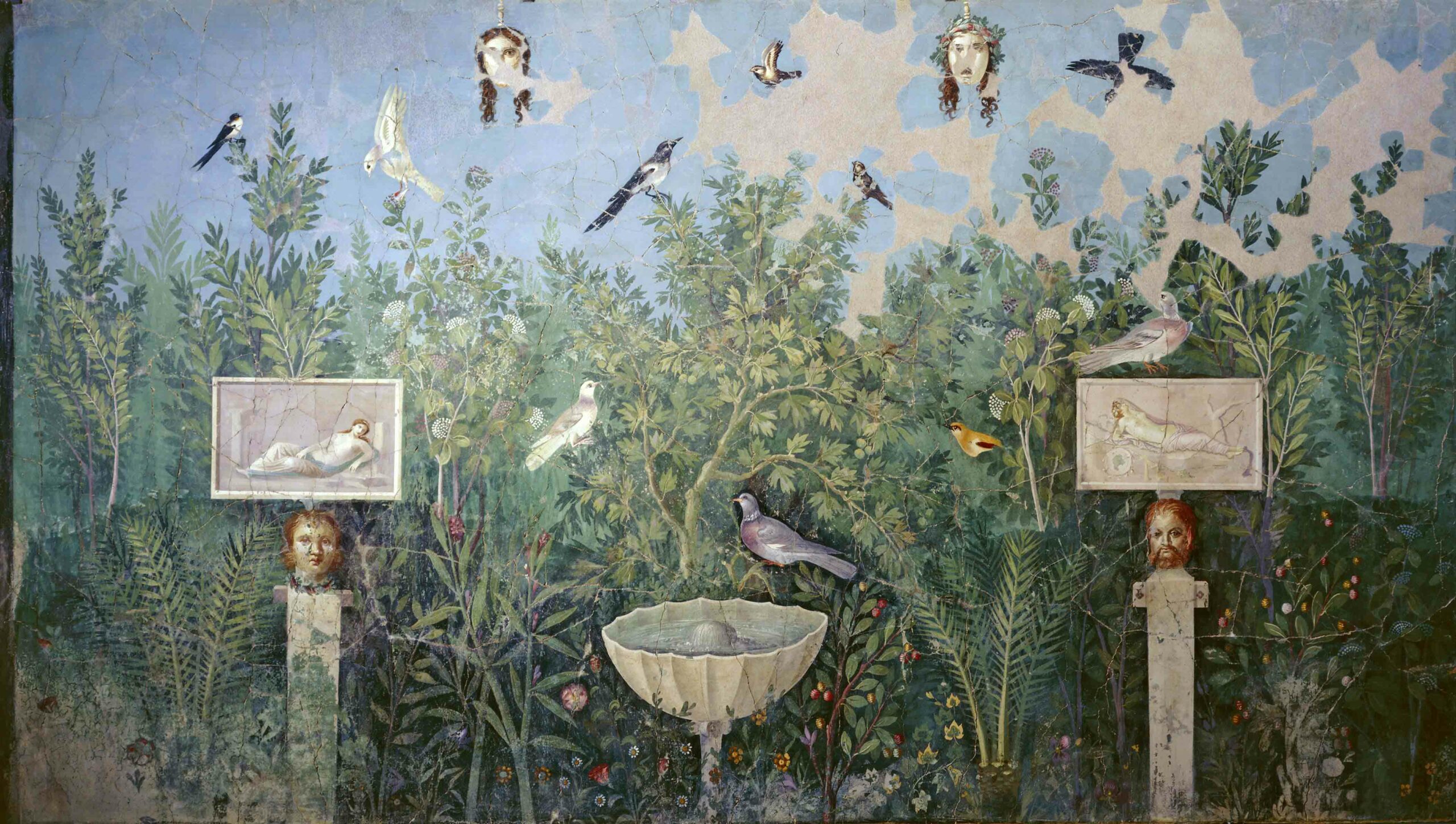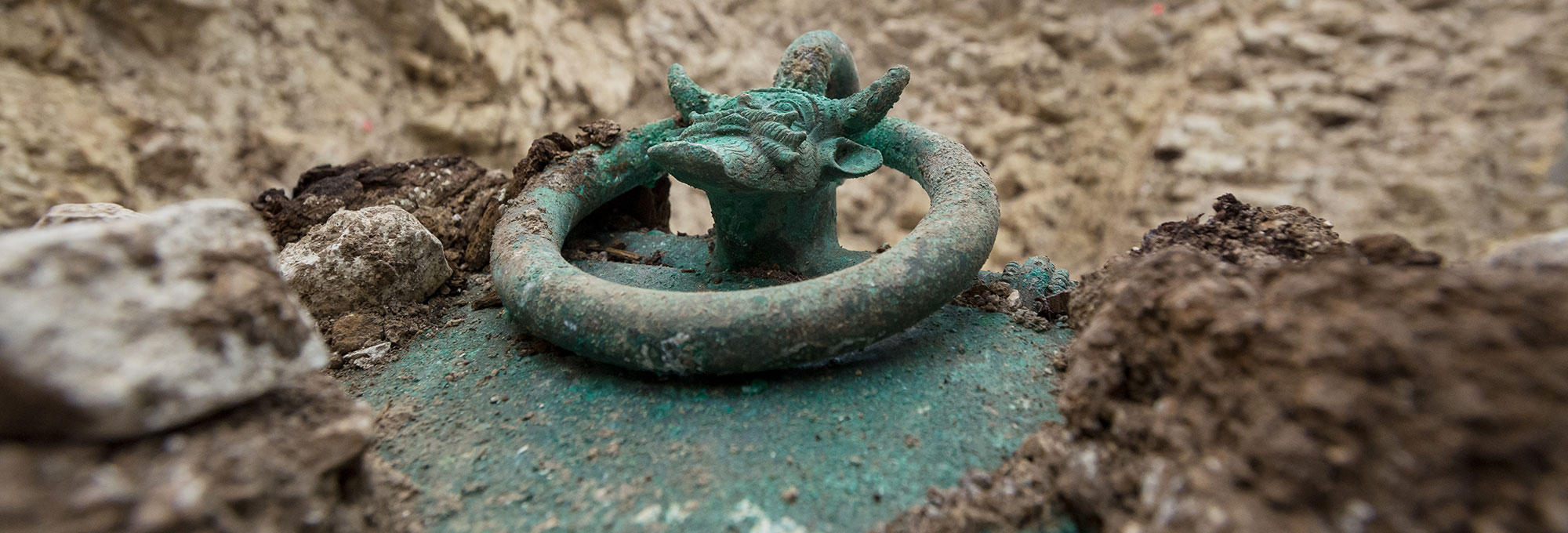
ETHIOPIA

ETHIOPIA: Geneticists have sequenced the first prehistoric African genome. The DNA comes from 4,500-year-old remains found in 2012 in a cave in the Ethiopian highlands. After comparing the genome with more than 100 populations from Africa, Europe, and Asia, scientists found, surprisingly, that it includes DNA from a potentially huge migration of farmers from the Middle East into Africa around 3,500 years ago—DNA that spread across the continent, even to groups in South Africa and Congo that had long been considered genetically isolated. —Samir S. Patel
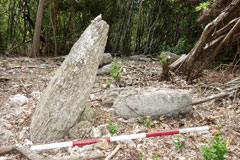
GUAM

GUAM: One of the most ancient sites in Oceania was recently identified in a wildlife refuge. It dates back around 3,500 years and appears to have been occupied for three millennia by ancestors of the Chamorro, the native culture of the Mariana Islands. The site, called Ritidian, includes many stones from lattes, or megalithic capped columns that were used as foundations for buildings and are unique to the island chain. There are enough latte sets to observe how the home-building style there evolved over time and varied from house to house. —Samir S. Patel

PAPUA NEW GUINEA

PAPUA NEW GUINEA: It has long been thought that the Austronesian-speaking people from Asia who eventually colonized the remote islands of the Pacific skirted New Guinea and had little influence on the existing culture there, especially in the interior. But new analysis of 12 potsherds from a highland site suggest otherwise. The sherds, the oldest known pottery on New Guinea at 3,000 years old, were locally made, suggesting that Austronesian influence (which includes a pottery-making tradition) made its way up the island’s rugged slopes hundreds of years earlier than once thought. —Samir S. Patel

RUSSIA

RUSSIA: Imanai Cave in the Russian republic of Bashkortostan is the world’s largest cave lion tomb. Excavations deep in the cave have uncovered at least 500 cave lion bones or bone fragments. Because the remains were found deep in the cave, and because evidence of human activity is limited to a handful of spearheads, researchers believe that it may have been a religious or ritual site where the remains of the extinct carnivores were brought. The deposit hasn’t been accurately dated, but is likely at least 30,000 years old. —Samir S. Patel
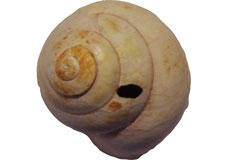
LIBYA

LIBYA: A hundred and fifty thousand years or so ago—ages before escargot became a delicacy—humans ate land snails on a regular basis. Evidence for this comes from tens of thousands of snail shells documented in Haua Fteah Cave. Some of the shells have holes indicative of drilling, which broke the suction that holds snails secure and made it possible to suck them out. Patterns in the deposits suggest that early humans turned to snails, which can be laborious to collect, during times when other sources of food were hard to come by. —Samir S. Patel

ROMANIA

ROMANIA: In southern Transylvania, archaeologists have unearthed two major hoards of bronze artifacts, totaling 350 items, including weapons, jewelry, tools, and horse tack. The finely crafted items, dating to the 8th century B.C., represent the country’s oldest known bronze hoards, and may have been deposited by a wealthy person as a votive offering. —Samir S. Patel

SLOVAKIA

SLOVAKIA: The construction of a sewage system outside Bratislava has revealed more than 200 artifacts of high society, including jewelry, coins, clothing buckles, and a fine, intricate, one-of-a-kind silver belt. The belt—which may not have been worn around the waist—was in imitation of opus interrasile, a pierced openwork metalworking technique, and likely belonged to a woman of some standing. The finds date back to the 2nd to 5th centuries A.D., and were discovered in the vicinity of Gerulata, a Roman military camp. —Samir S. Patel
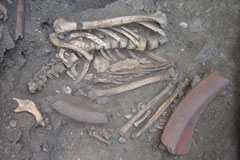
PORTUGAL

PORTUGAL: In 1536, the Portuguese Inquisition began to police the practice of faith there, subjecting Jews, Protestants, Muslims, and others to torture and death. In an area called the “Jail Cleaning Yard” outside the Inquisition Court in Évora, excavators found, scattered among domestic waste, the remains of at least 12 people. Documents confirm that of the 87 prisoners of the court who died while the dump had been in use, at least 11 were discarded in the dump—as, the researchers report, a punishment to both body and soul. —Samir S. Patel
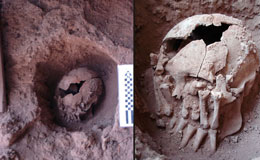
BRAZIL

BRAZIL: It was clear, from the moment it emerged from the ground, that the 9,000-year-old skull excavated at the Lapo do Santo rock shelter was unusual. It had been buried with the jaw and six vertebrae attached, and with the left hand placed over the right side of the face (pointing up) and the right hand over the left side of the face (pointing down). Cut marks confirm that it was a ritual decapitation, the oldest known in the New World by 6,000 years. Researchers believe it was an ancestral relic rather than a war trophy. —Samir S. Patel

ALASKA

ALASKA: It was long thought that Ice Age humans in the Americas were primarily big-game hunters. But sharp-eyed archaeologists have found evidence that they ate fish as well. In an 11,500-year-old hearth, researchers found salmon bones, the earliest known evidence for the use of the fish as food in North America. Because the bones were found more than 800 miles from the ocean, it is clear that long-distance salmon migrations likely date back at least to the last Ice Age.


